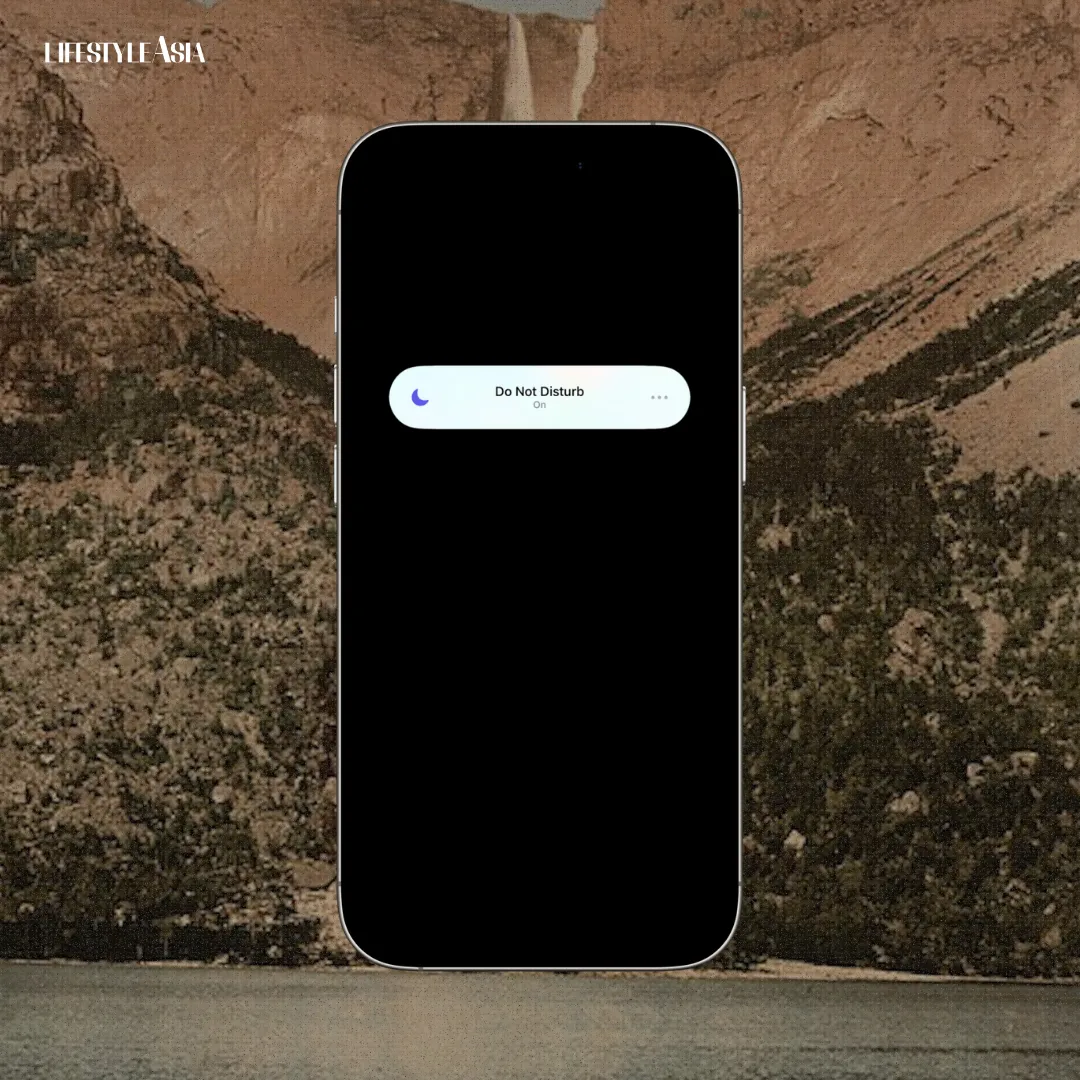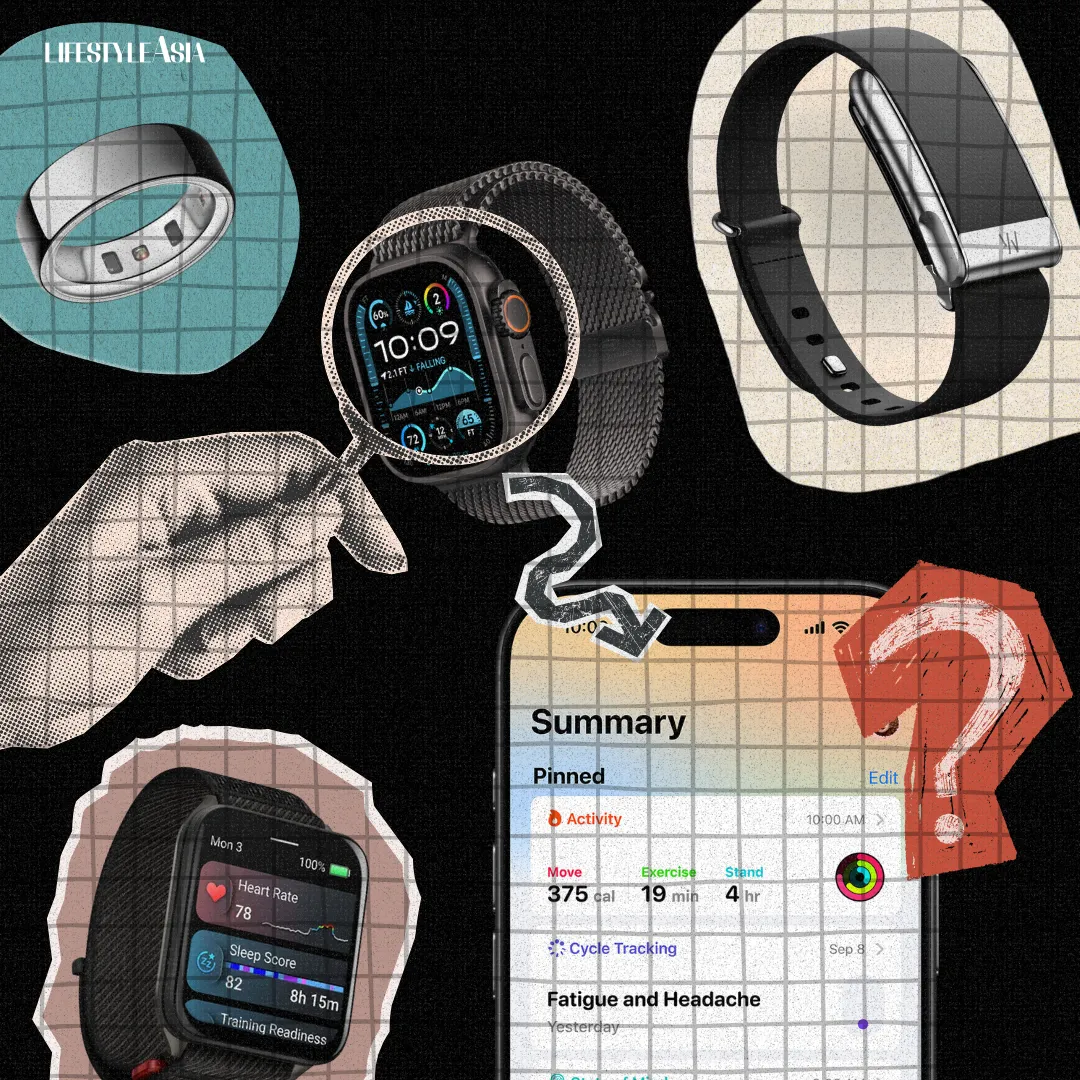Digital detox isn’t about quitting technology forever; it’s about using it intentionally and creating space for rest, presence, and joy in simple things. Discover how small shifts like tech-free evenings and mindful meals can help you recharge without another app or gadget.
I can’t get anything done without a screen—whether I’m checking emails, scrolling social media, streaming shows, or responding to endless notifications. I’m certain I’m not alone. The constant buzz of digital life keeps us stimulated around the clock, often at the expense of our focus, rest, and peace of mind. Even wellness has gone digital, with sleek gadgets, apps, and endless metrics to track.
Is this just our new reality? We live in a world where many people now check their phones nearly 100 times a day—about every ten minutes. This constant connectivity fuels anxiety, distraction, and screen fatigue. However, the wellness world is responding with a counter-trend: practices that encourage people to slow down, step away from screens, and reconnect with themselves. It’s called digital detox: taking deliberate pauses from our hyperconnected lives to reclaim time, attention, and mental space.
READ ALSO: Sober Curious: The NoLo Movement Changing How We Drink
What Is Digital Detox?
A digital detox isn’t about quitting technology forever; it’s about setting boundaries. It might mean a few hours daily with your phone on airplane mode, a weekend without social media, or even a week-long retreat where screens are swapped for nature walks and journaling. The goal is to reduce digital noise and give your brain a break from constant alerts and comparisons.
Psychologists note that such breaks improve focus, sleep quality, and relationships. Without the dopamine hits from likes and notifications, your brain gets space to reset.
Closely tied to digital detox is slow wellness, inspired by the slow food movement. It’s about rejecting the pressure to “hack” or optimize every part of your life, instead emphasizing simple rituals like sipping tea without distractions, taking long walks, or reading before bed instead of scrolling.
These simple practices are restorative. Research shows spending as little as 20 minutes in nature can lower cortisol levels. Journaling is linked to reduced anxiety and improved mental clarity. Mindful activities like breathwork or meditation help regulate the nervous system, fostering calm and resilience.
Digital habits also impact physical health: bedtime scrolling delays sleep onset, multitasking raises stress, and constant screen use affects posture and eye comfort. A digital detox interrupts these cycles and allows both body and mind to reset.
READ ALSO: JP Campos & Gerard Alzate’s nāda Is Leading a Quiet Revolution In Wellness
How To Start A Digital Detox
You don’t need to disappear off the grid to benefit from a digital detox. Start small with practical shifts you can actually stick to.
Tech-free Mornings Or Evenings: Instead of rolling over to check notifications the second you wake up, try easing into the day without screens for the first 30 minutes. Make coffee, stretch, or write down your intentions before logging on. Likewise, setting your phone aside an hour before bed helps you wind down and signals to your body that it’s time to rest. Put your phone on Do Not Disturb, and swap scrolling for reading, gentle yoga, or skincare routines that feel calming and ritualistic.
Screen-free Meals: Eating with a phone in hand is practically the default now, but meals are a perfect opportunity to pause. Putting devices away allows you to actually taste your food and notice when you’re full. It also creates space for connection, whether chatting with family, catching up with friends, or simply taking a mindful moment for yourself. Even solo meals can be grounding when paired with music, a podcast, or even silence instead of screen time.
Nature Breaks: Trade one scroll session for a short outdoor walk, even if it’s just around your block or sitting on a balcony and catching some fresh air. Studies show that 20 to 30 minutes in nature can lower stress hormones, boost mood, and sharpen focus. For variety, try walking meetings, weekend hikes, gardening, or eating a snack outside. Nature doesn’t need to mean mountains and forests; it can be a patch of green in the city, sunlight on your face, or listening to birds for a few minutes.
Mindful Rituals: Slow wellness thrives on intentionality. Instead of multitasking, try doing one thing with full presence. That could mean savoring your morning coffee without distractions, journaling for ten minutes before the day starts, or gentle stretches between tasks. Creative practices like sketching, cooking, or even watering plants count, as long as you give them your full attention. These moments act as anchors in the day, pulling you back to calm and clarity.
The Bottom Line
Modern culture tends to celebrate speed, productivity, and constant connection. So choosing to slow down is a radical act of self-care. After years of chasing productivity through wearables and apps, people are craving balance. Digital detox and slow wellness answer this need by acknowledging that true wellbeing isn’t measured by steps or sleep scores; it’s about rest, presence, and joy in simple things.
These practices don’t advocate for rejecting technology entirely; they encourage using it intentionally and, most importantly, not letting it consume you. Sometimes, the best way to recharge isn’t with another app or gadget—it’s by turning everything off and simply being.





